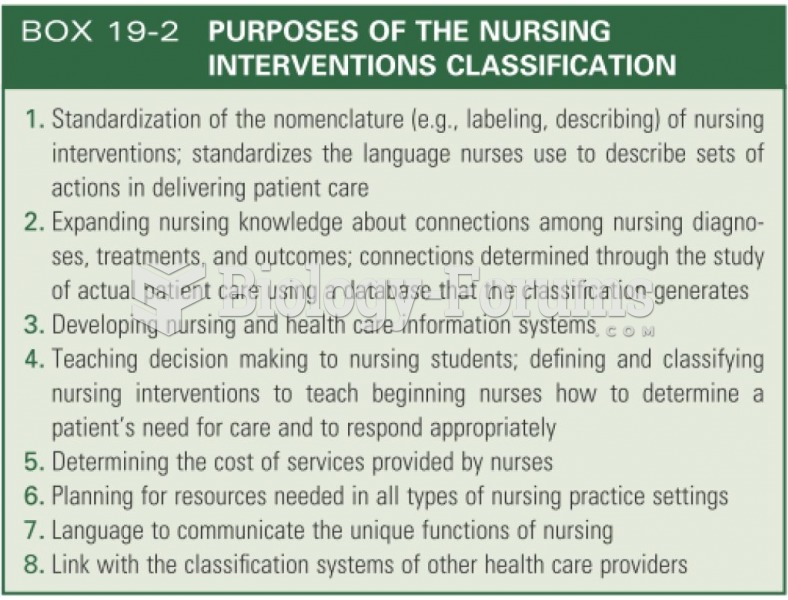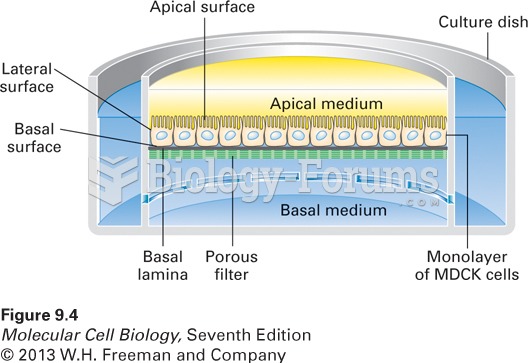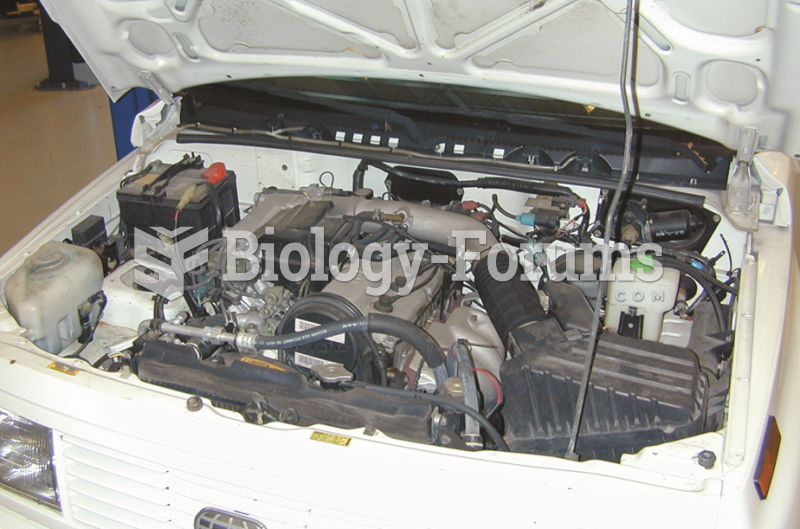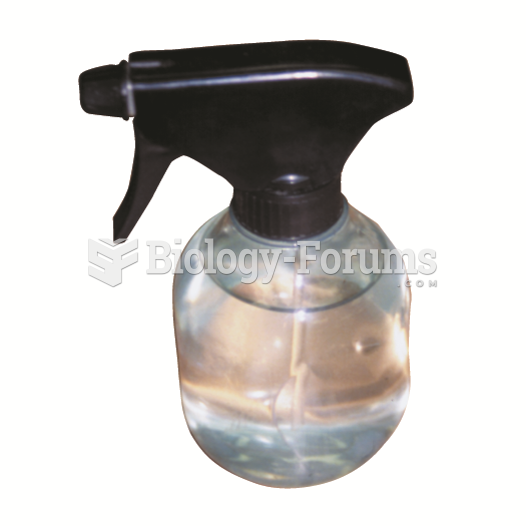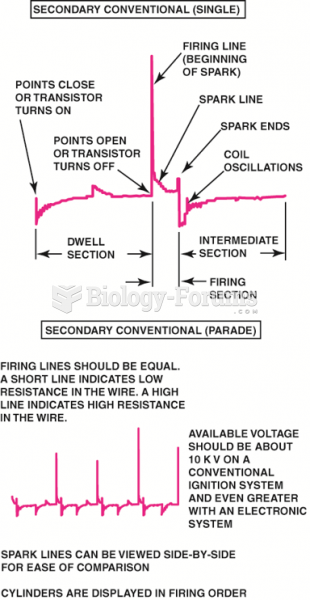This topic contains a solution. Click here to go to the answer
|
|
|
Did you know?
Essential fatty acids have been shown to be effective against ulcers, asthma, dental cavities, and skin disorders such as acne.
Did you know?
Green tea is able to stop the scent of garlic or onion from causing bad breath.
Did you know?
The average office desk has 400 times more bacteria on it than a toilet.
Did you know?
Today, nearly 8 out of 10 pregnant women living with HIV (about 1.1 million), receive antiretrovirals.
Did you know?
The FDA recognizes 118 routes of administration.


